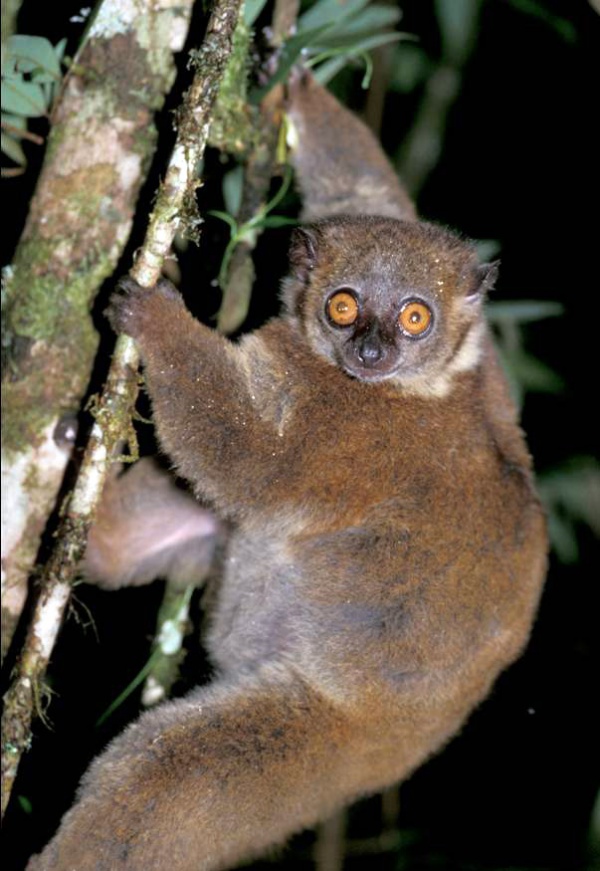Facts About Small-footed Sportive Lemur
The small-toothed sportive lemur, also known as the small-toothed weasel lemur, is a unique primate species endemic to Madagascar. These lemurs inhabit the dense rainforests of southeastern Madagascar, especially in areas such as Ranomafana and Andringitra National Parks.
First described in 1894, the small-toothed sportive lemur was initially considered a subspecies or synonym of the weasel sportive lemur. However, it is now recognized as a distinct species. Compared to other sportive lemurs, this species is relatively large, weighing between 0.9 to 1.2 kg and measuring 55 to 64 cm in length. They have reddish-brown fur with a dark stripe running down their back and primarily consume leaves, fruits, and flowers.
Recent taxonomic studies have confirmed the unique status of the small-toothed sportive lemur. The International Union for Conservation of Nature (IUCN) has classified it as "Endangered" due to habitat loss, a shrinking range, and a declining population. To aid in their protection, they are listed under CITES Appendix I, which aims to prevent international commercial trade of this species.
These lemurs face significant threats from habitat destruction, mainly due to slash-and-burn agriculture and hunting. They are nocturnal animals, spending their days sleeping in tree cavities. Unlike other sportive lemurs that inhabit drier forests, the small-toothed sportive lemur is more solitary and less vocal. Their primary predators include diurnal birds of prey and carnivores like the fossa.
The endangered status of the small-toothed sportive lemur underscores the urgent need for effective conservation efforts to protect this species from ongoing threats to its habitat and survival.
